Transitional Design Style: How to Get the Look (In 4 Easy Steps!)

Want to dabble in both traditional and modern styles but don't know how? Our Transitional Style primer will help you blend your tastes effortlessly for one beautiful, cohesive space!
Looking to design & renovate your bedroom? Choose your bedroom style.
If heavy fabrics, porcelain statues, and scrolly furniture feel too stuffy to you but harsh lines, sleek furniture and hard surfaces isn’t your thing either, then the transitional style may be just right for you. This style really is a happy medium-- you can incorporate elements of both modern and traditional styles in the same room. If you just can’t make up your mind about design, good news: you don’t have to! Blending drastically different styles may sound like recipe for design disaster, but truthfully, transitional style looks super pulled together when the right elements are combined. Let’s break this style down, shall we?
Neutral Color Palette
Transitional style is all about the neutral color palette- think creams, taupes, grays, and some black. You’ll see a lot of tone on tone happening- this definitely comes from that contemporary design style where every element is kept to its minimum. Transitional spaces lack the high contrasts you see in a modern farmhouse-- instead they are lighter, softer, and will set the stage for the bigger and more bold impact of the furniture.
Textures
The cool thing about transitional design is that it’s equally masculine and feminine, so textures like leather, steel and wood pair perfectly with lacquer, glass, soft metals, and patterned fabrics. Since your color palette is so neutral, you can really have some fun with more traditional patterns and textures in your space.
Accessories
Transitional style has just one motto when it comes to accessories: go big or go home. Remember that minimalist thing we keep coming back to? Think about adding one large piece of art vs. several smaller scale pieces. The goal in a transitional space is to capture a feeling of peace and serenity, so choose art that is impactful but not busy. Keep your accessories to a minimum so that you don’t confuse the eye-- this is SO important when blending two styles so that you don’t end up with a chaotic space!
Furniture
This is where transitional style gets awesome. You know that old wingback chair with scroll detailing that was your Grandma’s? You don’t have to get rid of it! Just pair it with a sleek counterpart with clean lines in a similar color palette and you’ve just hit the transitional sweet spot! Now you’ve created something fresh that feels modern. Need brand new furniture? Look for classic shapes (like a wingback) with updated details (like sleek tapered legs). Remember, transitional design is all about meshing styles to create something casual and refined.
Transitional design may seem out of reach but if you remember to keep a neutral color palette, minimal accessories, and a mix of finishes, you’ll be well on your way to creating the transitional designed space of your dreams!
Enjoyed the project?
Comments
Join the conversation
-
 Irene
on Feb 17, 2019
Irene
on Feb 17, 2019
My favorite because I have many pieces of fine furniture that are over 50 and more years old. I have reupholstered most soft pieces in more neutral fabrics and then added newer pieces. My trouble is the minimal accessory category. I try but things seem too important to just throw out for give away. However i know lessvis more!
-
-



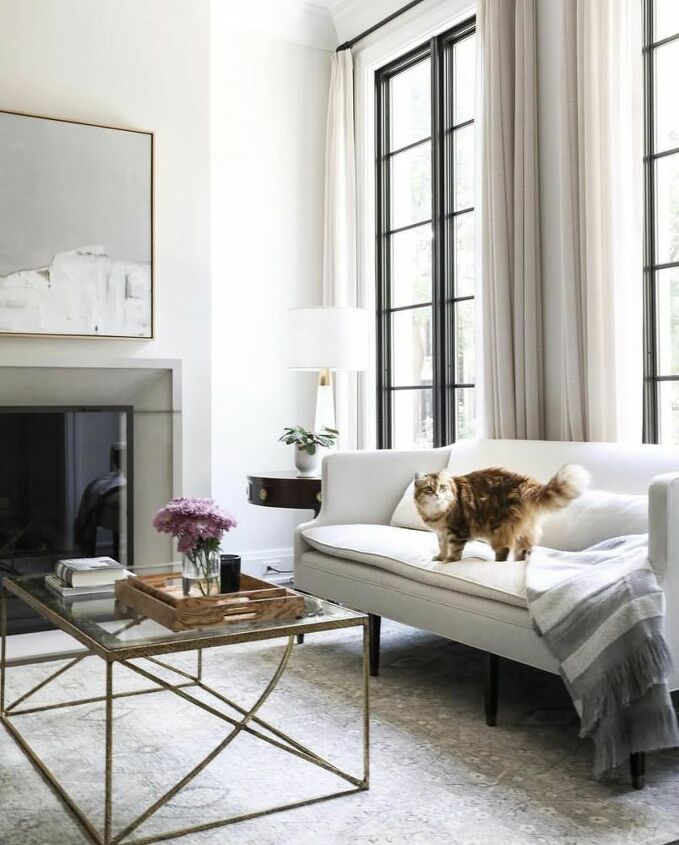





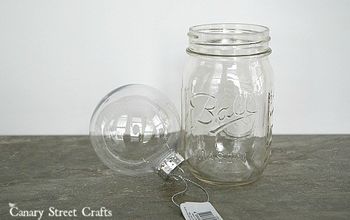



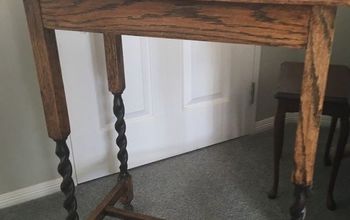
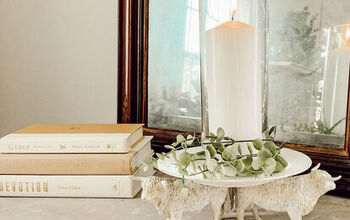
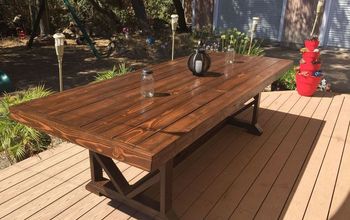
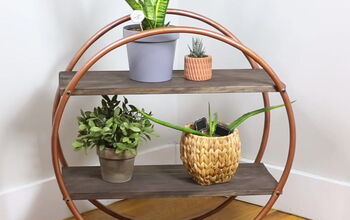

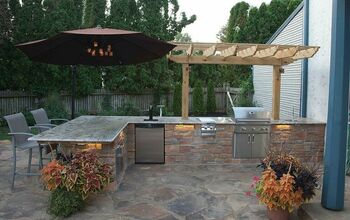
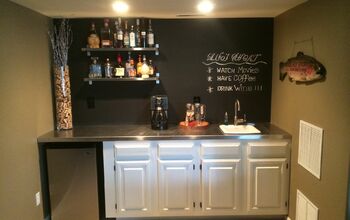

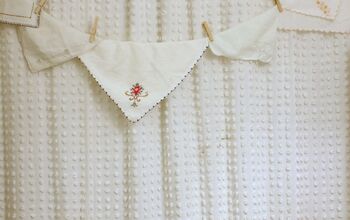
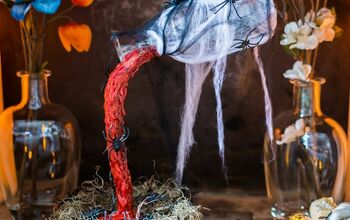


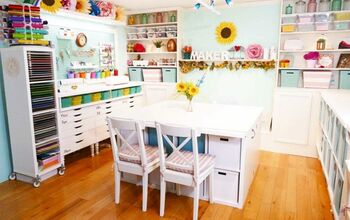
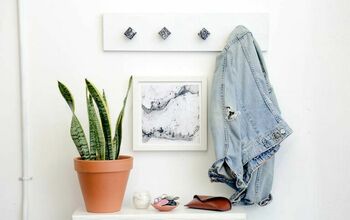

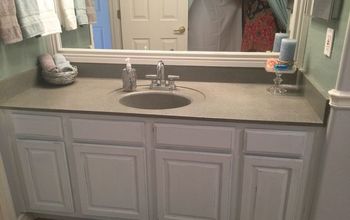
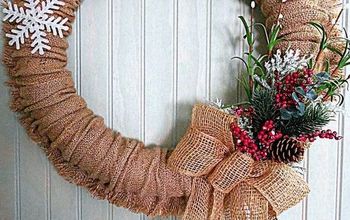

Frequently asked questions
Have a question about this project?
What style chair goes with old barrel back chair ?